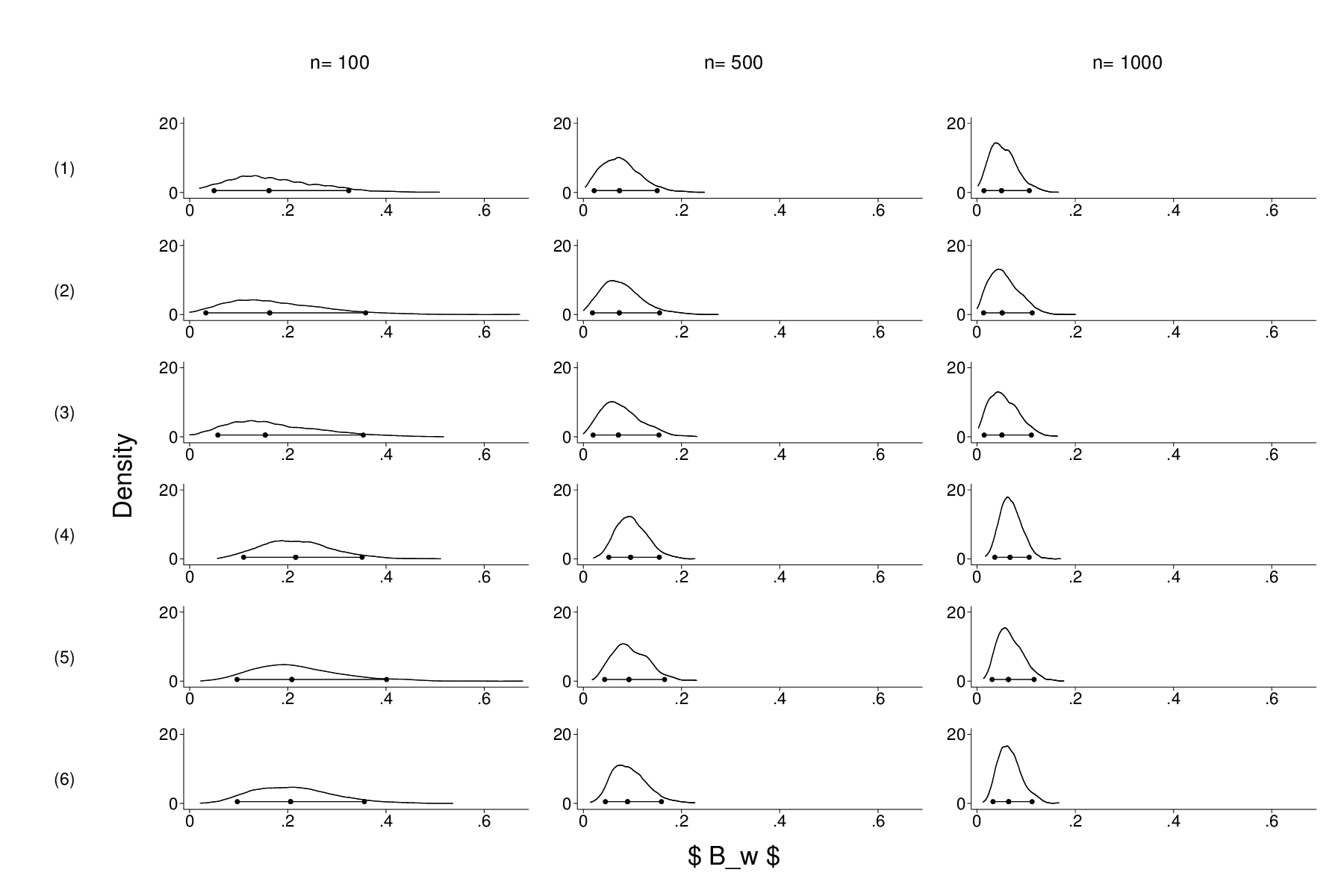It is mildly embarrassing to come across a great resource that is hosted within one’s own institution by accident (read: google). Unwittingly googling one’s own publications is definitively worse, but that is not the point. Nonetheless, I was happy to stumble upon the Institute of European History’s digital map server when I needed to illustrate my point about territorial cleavages in Germany. The site has a slightly dusty look and uses gifs for previews, but the licence is more than generous and the coverage and quality are impressive. If you ever need a map of Hessen-Kassel’s administrative structures in 1821, look no further. The only thing that is missing (as far as I can tell) are shapefiles, but if you are serious about GIS applications, you can convert/georeference the postscript files. For lecture slides, the gifs should suffice anyway.
European Social Survey Multilevel Data
Like social networks, multilevel data structures are everywhere once you start thinking about it. People live in neighbourhoods, neighbourhoods are nested in municipalities, which make up provinces – well, you get the picture. Even if we have no substantive interest in their effects, it often makes sense to control for structures in our data to…
